Picture this: You’re in your pajamas at 11 PM, suddenly craving cheesecake. Or maybe you forgot to send flowers for your anniversary (again). One swipe, a tap, and bam — it’s handled. That’s the magic of hyperlocal delivery. We’re not just living in the convenience economy; we’re spoiled by it.
Now, if you’re an entrepreneur eyeing this space, you know it’s not just about fast delivery—it’s about sustainability and scale. Understanding the right revenue models for hyperlocal delivery service platforms is key to creating something that resonates with users, couriers, and vendors alike. After all, what’s the point of instant gratification if it doesn’t translate into instant profitability?
We’ve helped founders launch everything from grocery drop-off clones to ultra-niche service apps (yes, even midnight cat food delivery). At Miracuves, we’re knee-deep in the trenches of what makes on-demand models tick — and which revenue strategies actually bring home the (organic, locally-sourced) bacon.
The Basics: What is a Hyperlocal Delivery Business?
Hyperlocal delivery services operate within tight geographical zones — think city blocks, not continents. They connect local vendors (like florists, bakeries, or pharmacies) to nearby customers via smartphone apps, often within an hour or less. It’s Uber Eats, Dunzo, or GoPuff, but the scope can vary wildly.
From food and groceries to laundry, medicine, and even pet supplies, the beauty lies in its adaptability. But while the offerings are diverse, the revenue blueprints tend to follow a few proven paths. Let’s unpack them.
Read more: How to Start an On-Demand Hyperlocal Platforms Business
Delivery Fee Model: The Classics Never Die
How it works: Customers pay a delivery fee per order. Sometimes it’s flat, sometimes dynamic (based on distance, time, or demand).
Why it works: It’s transparent, easy to scale, and psychologically justifiable. Most users accept paying a little extra for speed and convenience.
Power move: Introduce a rush delivery tier with premium pricing. For instance, “Deliver in 20 minutes or less” costs extra, but delivers faster revenue too.
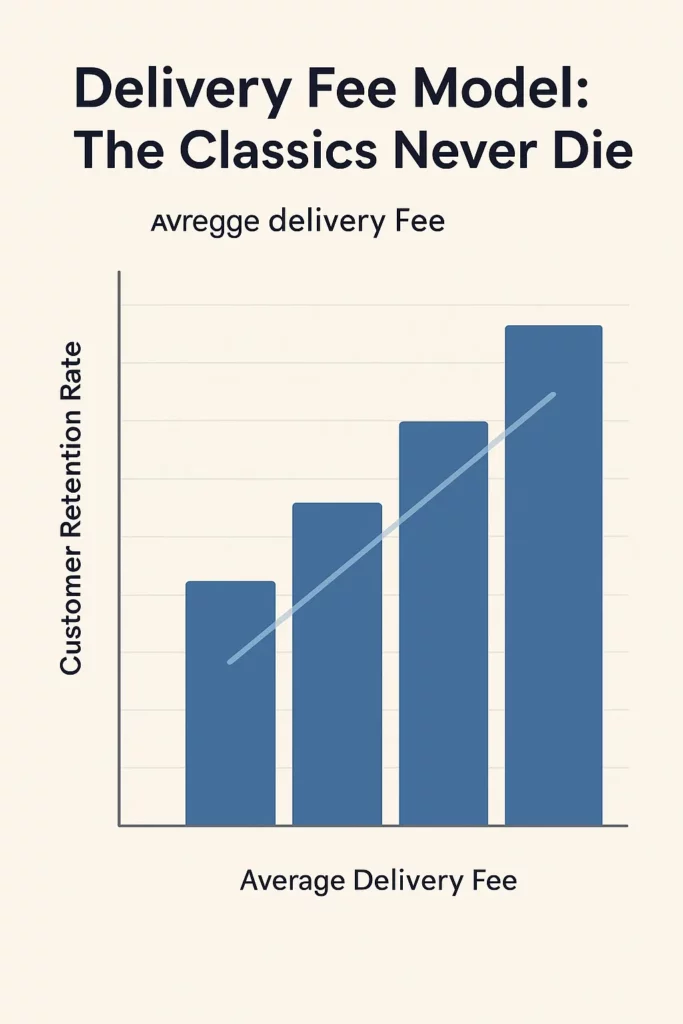
Commission from Vendors: The Mutual Win
How it works: Vendors pay a commission (usually 10–30%) on each sale made through the app.
Why it works: You make money every time someone orders, without charging the user extra.
Tricky bit: Vendors will only bite if you bring them real volume. Early-stage startups may need to negotiate flexible rates.
Pro tip: Sweeten the pot with value-added services — analytics, marketing boosts, or preferred placement in search.
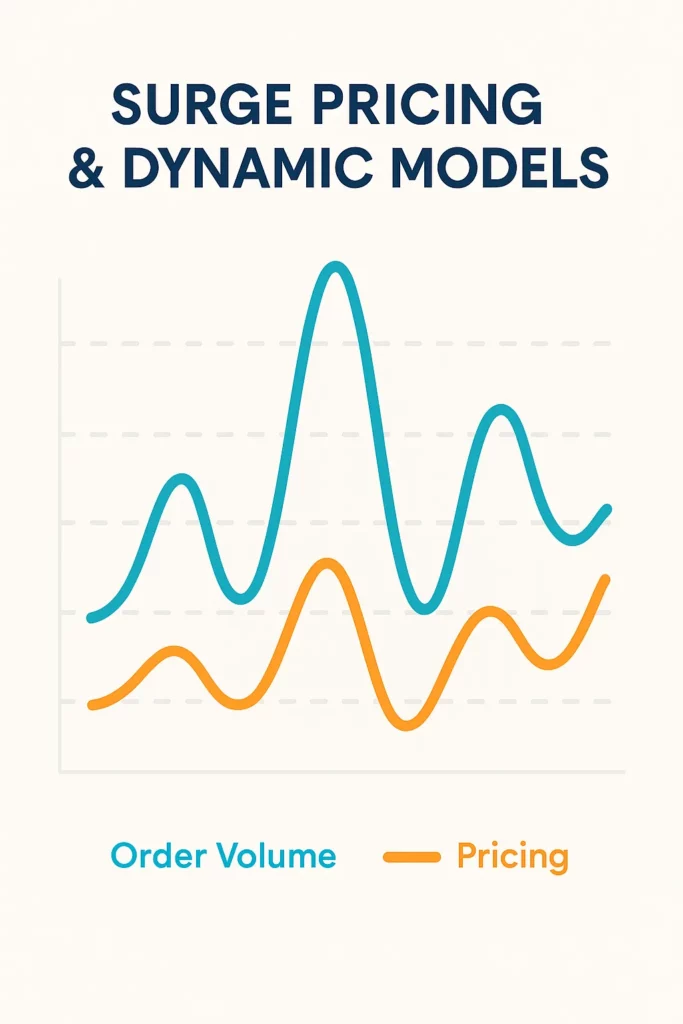
Subscription Plans: Predictable Revenue, Happy Users
How it works: Users pay a monthly/annual fee for perks — like free deliveries, no surge pricing, or early access to discounts.
Why it works: Great for user retention and cash flow. Amazon Prime didn’t just happen; it redefined customer loyalty.
Real world: Swiggy Super, Instacart+, and GoPuff FAM have nailed this.
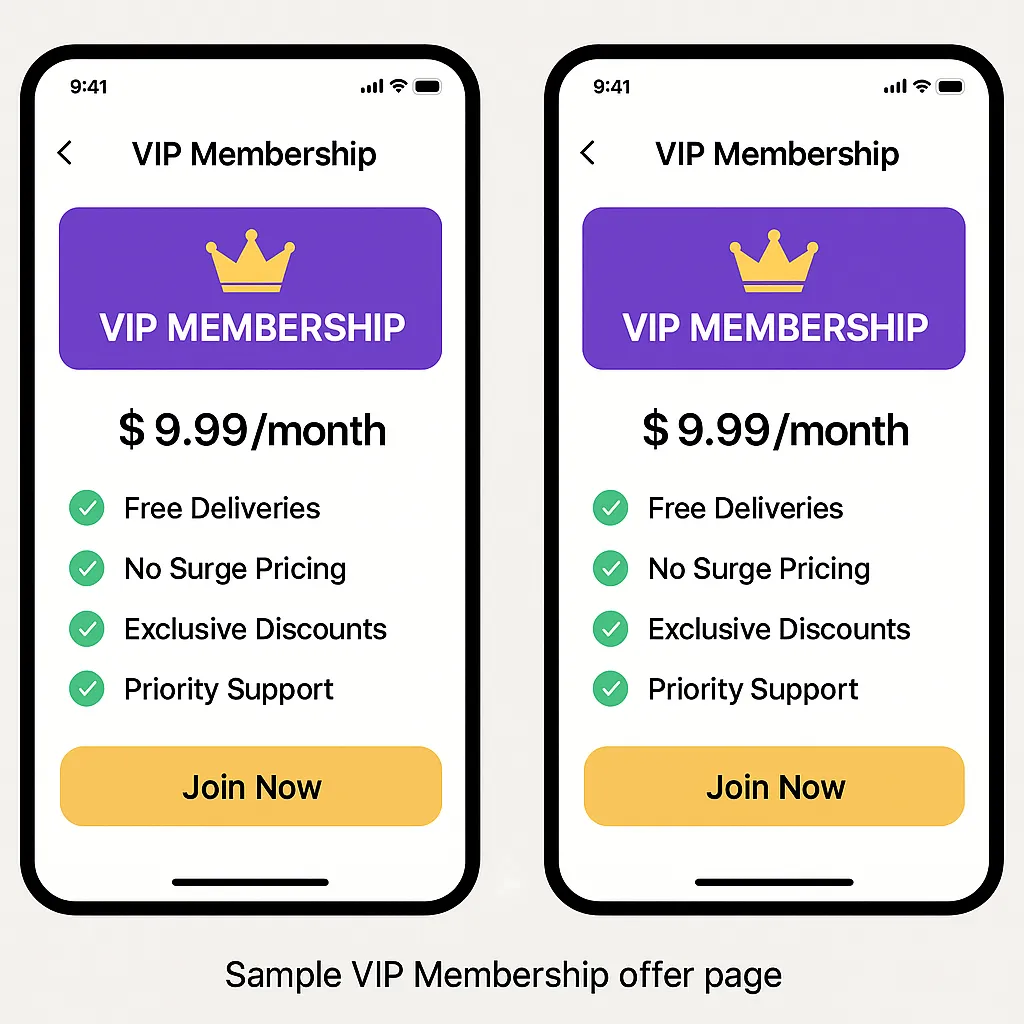
Surge Pricing & Dynamic Models: When Timing is Everything
How it works: Prices go up during peak hours, bad weather, or special events.
Why it works: It increases margins without impacting the baseline experience. Think Uber’s “your ride is going to cost more” moments.
Warning: Overuse = backlash. Balance is key.
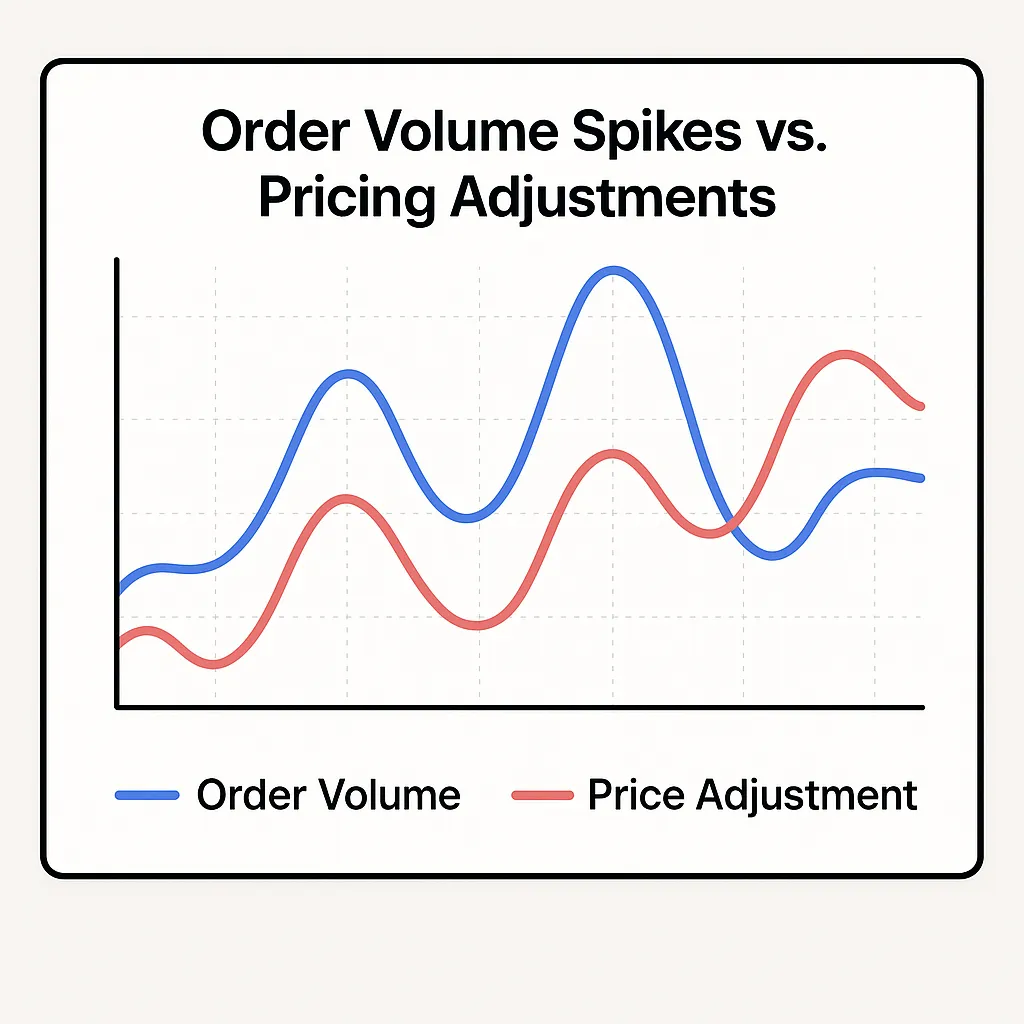
In-App Advertising & Promoted Listings: Monetize the Eyeballs
How it works: Vendors pay to be seen — top search results, banners, or featured spots.
Why it works: Just like Instagram or YouTube, you’re selling attention. And in crowded categories (like pizza), placement is priceless.
Hot tip: Use native ads that match the UX and don’t disrupt user flow.
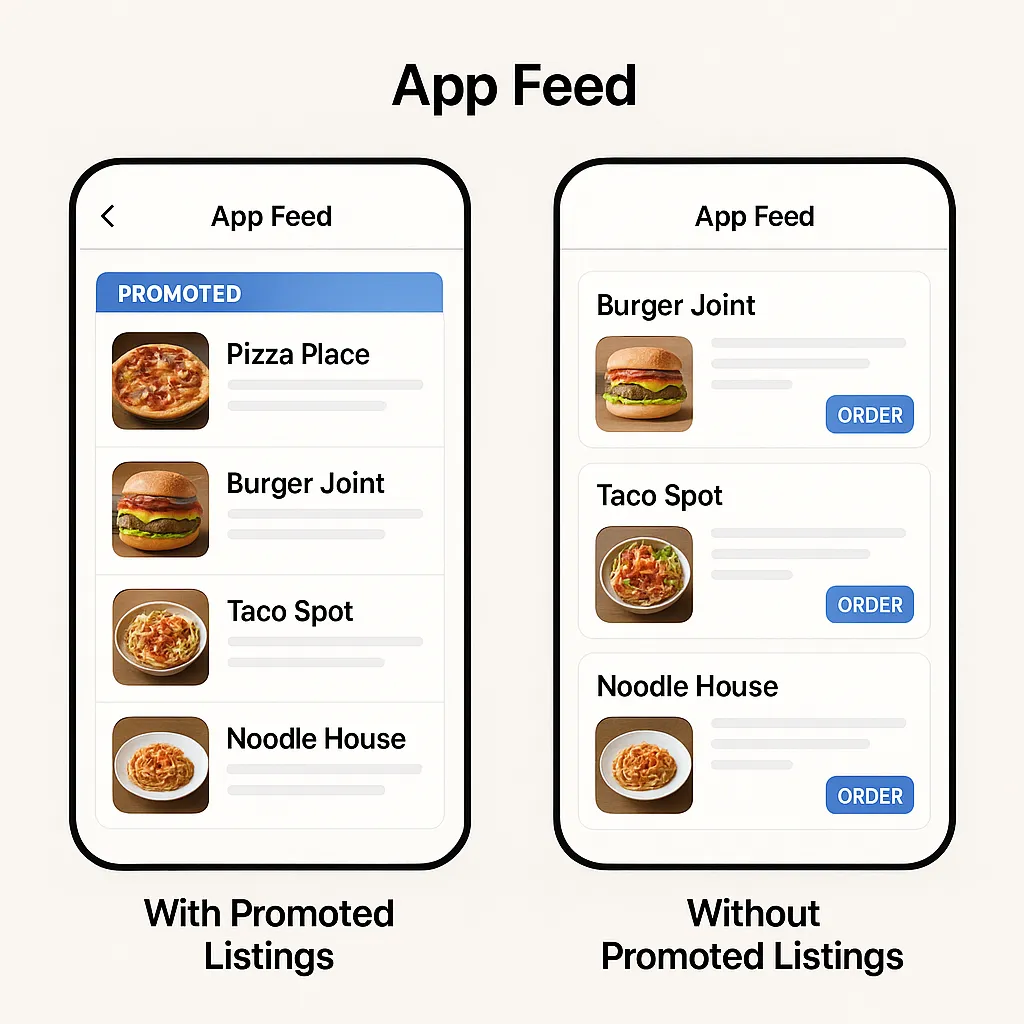
Read more: Business Model for On-Demand Hyperlocal Delivery Service
White-Label Tech Licensing: Clone Wars, But Make It Legal
How it works: Offer your platform to other entrepreneurs or brands looking to enter new markets under their own label.
Why it works: Think of it as SaaS for delivery — recurring revenue without more operational headache.
This is our bread and butter. We help launch white-label delivery clones that are monetization-ready from day one.
Discover our comprehensive delivery app solution tailored to streamline and scale your on-demand business operations
Conclusion
Running a hyperlocal delivery service isn’t just about getting packages from point A to B at lightning speed — it’s about engineering a business that runs just as smoothly behind the scenes. In today’s convenience-first economy, success hinges on more than instant gratification; it requires a thoughtful, scalable revenue model that aligns user expectations with operational viability. Each monetization approach — whether it’s delivery fees, vendor commissions, VIP subscriptions, or dynamic pricing — brings its own set of benefits and challenges. The key is to blend these models in a way that maximizes value for users while ensuring long-term profitability for the platform.
At Miracuves, we help innovators launch high-performance app clones that are fast, scalable, and monetization-ready. Ready to turn your idea into reality? Let’s build together.
FAQs
Q1: How much commission should I charge vendors?
It depends on your niche, but 15–20% is a common starting point. Just make sure you’re offering value in return.
Q2: What if users hate delivery fees?
That’s where subscriptions shine. Offer perks that make the fee disappear (or feel worth it).
Q3: Can I combine multiple revenue streams?
Absolutely. In fact, the most successful apps blend 3–5 models to balance risk and scale faster.
Q4: What tech stack is best for building this kind of app?
It varies by feature set, but Flutter for frontend + Node.js backend is a popular combo. And yes, Miracuves can help here.
Q5: Is advertising revenue really worth it?
Yes, especially in saturated markets. Local businesses are willing to pay for visibility.
Q6: Do I need a delivery fleet of my own?
Not necessarily. Many platforms use a gig-worker model or integrate with third-party logistics (3PL) providers.
Realted Articles:








